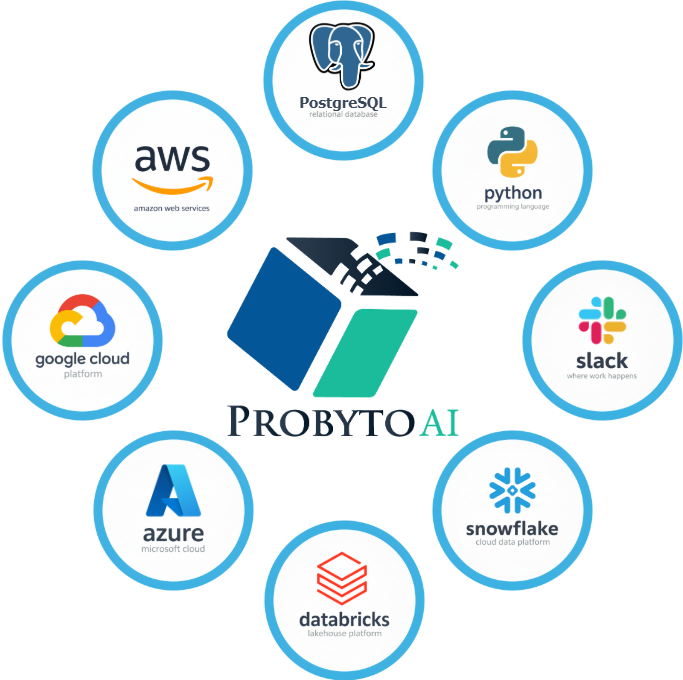
Unlike traditional ETL tools that hide data processing in black boxes, our platform provides complete transparency at every stage. Track data flow, monitor transformations, and debug issues with unprecedented visibility into your data pipeline..
Monitor all 15+ pipeline stages in real-time
See exactly how your data transforms from source to destination
Track processing times, success rates, and bottlenecks



Ready to take control of your data? Let us help you simplify complex challenges with smart, reliable solutions. Ensure your business stays up and running with high availability, seamless access, and complete peace of mind. Don’t let data issues slow you down—partner with us for expert support and future-ready systems. Contact us today to discover how we can safeguard your data and power your business success.